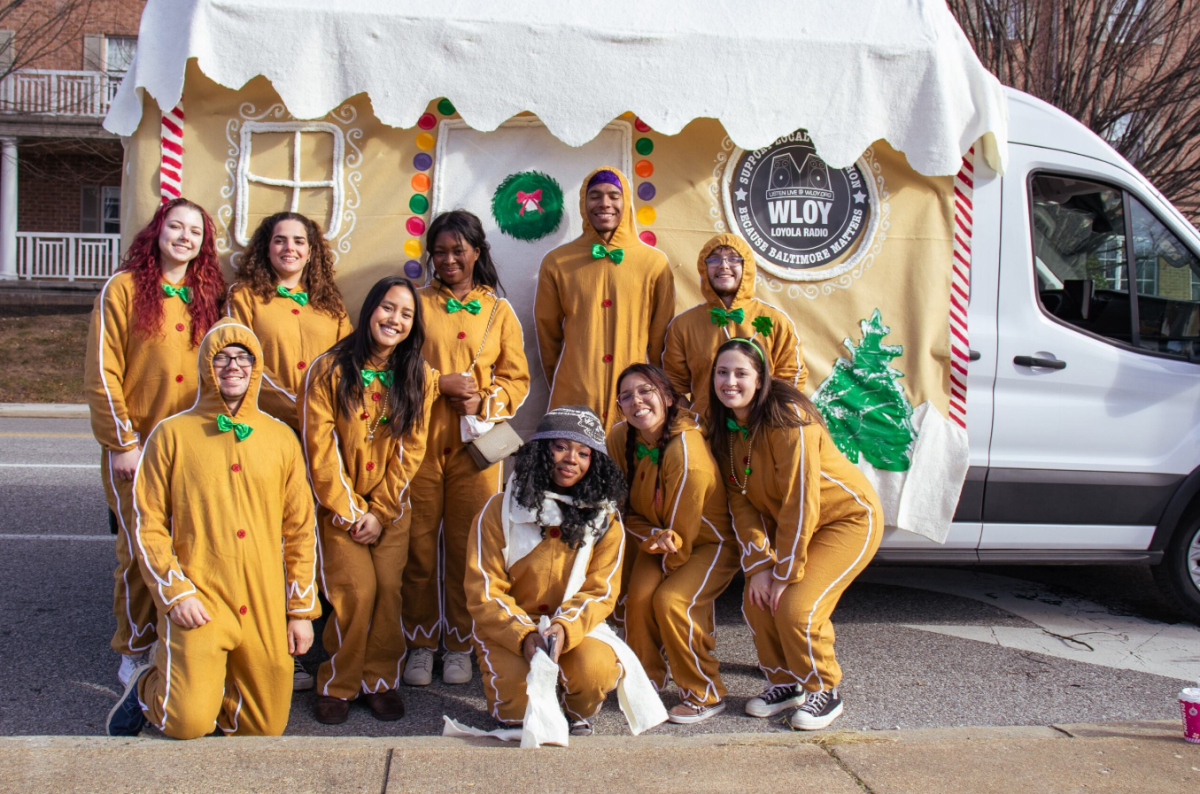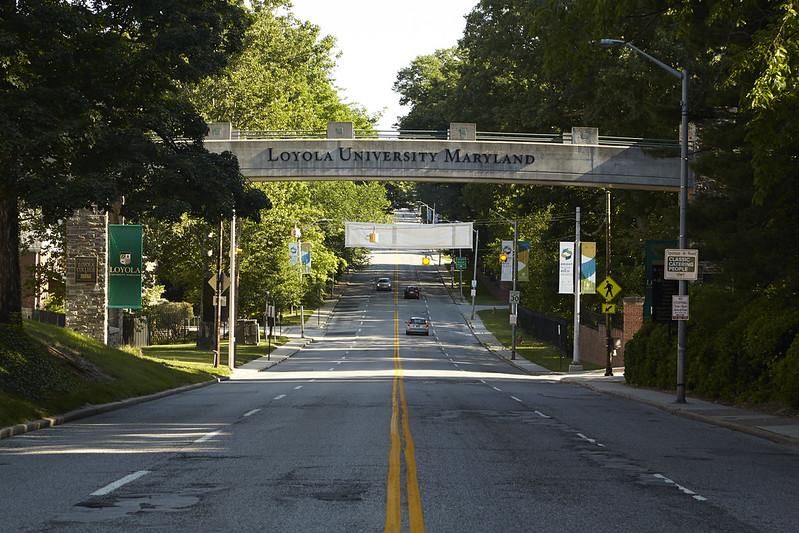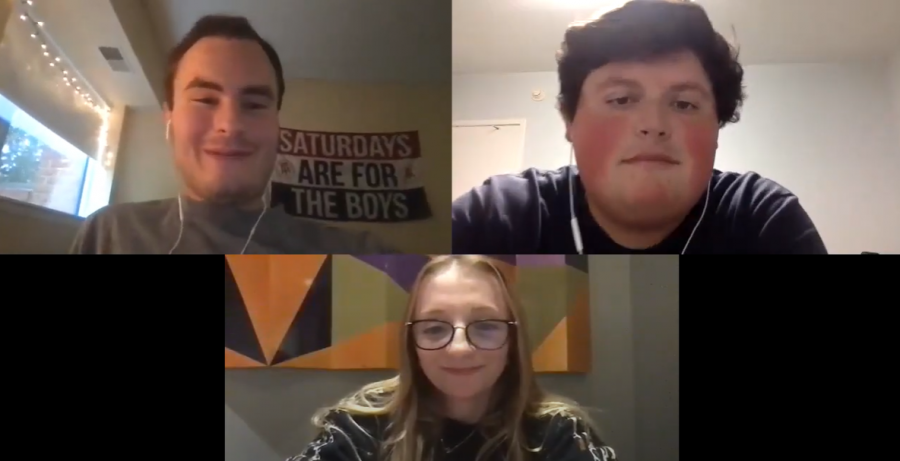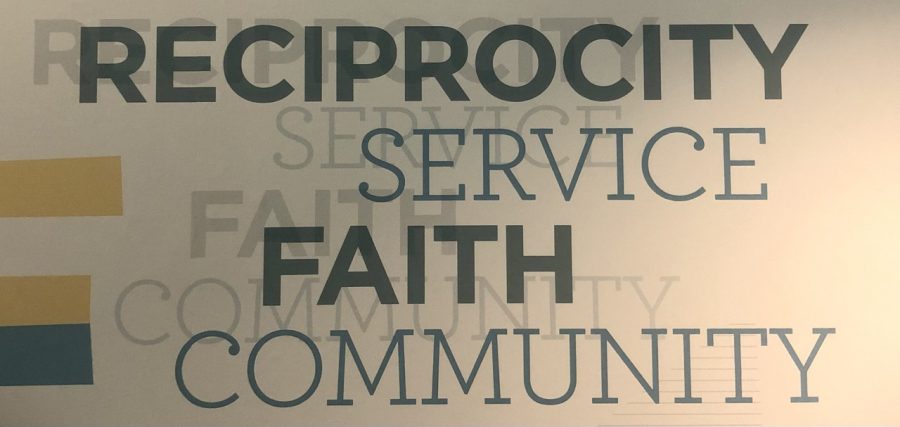Gone are the days of clunky metal mailstops that were neglected for most of the year. In their place: a new state-of-the-art mail and package system.
After seeing package volume consistently rise 15 to 30 percent for several years, and after last winter’s particularly inclement weather that delayed mail delivery and produced astronomical wait times at the pickup counter, change for the Loyola post office seemed inevitable.
“We have all these mailboxes taking up a ton of space, we have an increase in mail and packages and then last winter there was weather that was preventing packages from getting here and then we were getting slammed when they came in,” said Jennifer Wood, director of campus services. “That was kind of a red flag for us. The thought was, ‘If we don’t do something, this is going to get really bad.’”
Though the mailroom had been a topic of discussion after spring semester, deciding on the new Ricoh system was a coincidence. “We were talking [to Ricoh] about data imaging. It was nothing about mailing,” said Wood. “They happened to mention that they created this high-efficiency mailroom at Lehigh. And when they started talking about it, it was like every problem that we were seeing is fixed.” Loyola has become one of the first schools to convert a previously existing mailroom to feature the Ricoh system, rather than building a new mailroom, as was done at Lehigh.
The new Ricoh mailroom, which now spans the entire corridor of the College Center, is split into two sections—one for mail and one for packages. In the mail section, there are 4,500 folders, one for each student, on tracks on a set of shelves. The mail that used to require mailstops that lined the walls of the entire College Center now takes up just the back quarter of the mailroom. Each folder has a barcode on it and mailroom workers wear a ring with a scanner on it when filing mail into the folders. The ring scans the barcode, which automatically sends an email alert to the student. The barcodes are even on alternate ends of the folders to avoid sending alerts to the wrong student.
On the package side, the process is similar to how things worked previously, except now when a mailroom employee scans a package, the size/shape and sender (i.e. UPS, FedEx, etc.) of the package are entered into the system. When students arrive at the post office, they will swipe their Evergreen Card at one of the two kiosks. A bell will sound in the mailroom and the packages the student is picking up will appear on one of the two flatscreen monitors inside the mailroom. The monitor will also display the size/shape and sender of the package, so instead of having to sort through all the packages for students whose last names start with the letter W, for example, the mailroom worker would be able to look for a small FedEx tube in the W section, decreasing the amount of time it would take the employee to locate the package.
For students who are wary that the changes will actually increase efficiency, Wood asks that they give it time.
“Initially, it is not going to reduce wait times significantly,” said Wood, who noted that the first week of classes will be a trying time with high package volume and with students and mailroom employees both working to acclimate themselves to the new system. “We’re not going to see the real reduction until next semester when students know about it.”
“Those kiosks that are close to the window now, the hope is they will be 15 seconds down the hall once students get used to them,” Wood said. “So the thought is they’ll swipe and as they’re walking the employee is grabbing the package so they’ll meet at the same time.”
With the old system, wait times could be up to 30 minutes. At Lehigh, the Ricoh system reduced wait times from 30 minutes to one minute. Since classes at Loyola all let out at the same time, Wood is aware that the wait time here may never get down to merely one minute, but she hopes it will be much faster than what Loyola students are used to.
“Almost every single time I’ve walked by the mailroom I’ve heard students talking about it and saying, ‘That’s so cool!’” said Wood. “It’s not the reaction we were expecting so it’s been fun to hear students get excited about it.”














































































































